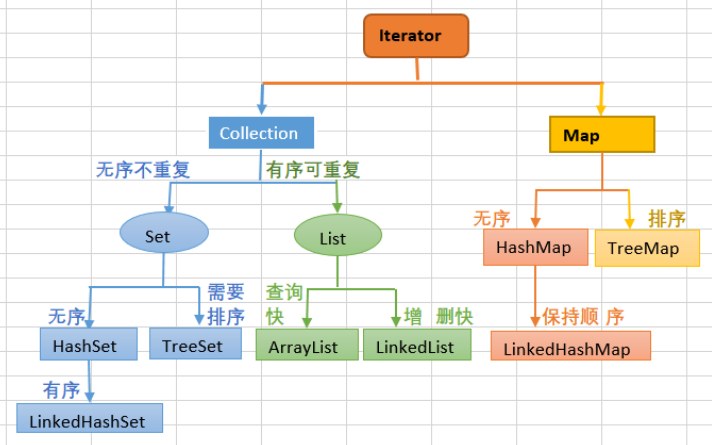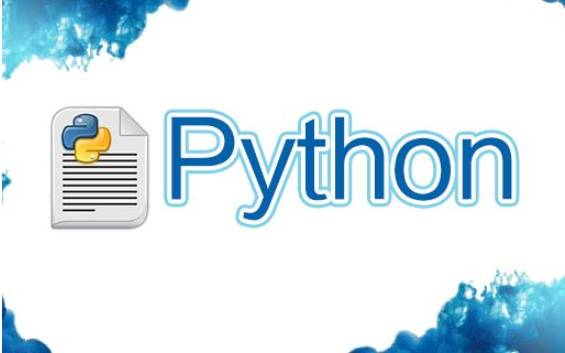在 Python 中字符串连接有多种方式,这里简单做个总结,应该是比较全面的了,方便以后查阅。
加号连接
第一种,通过+号的形式:
>>> a, b = 'hello', ' world'>>> a + b'hello world'
逗号连接
第二种,通过,逗号的形式:
>>> a, b = 'hello', ' world'>>> print(a, b)hello world
但是,使用,逗号形式要注意一点,就是只能用于print打印,赋值操作会生成元组:
>>> a, b('hello', ' world')
直接连接
第三种,直接连接中间有无空格均可:
print('hello' ' world')print('hello''world')
%
第四种,使用%操作符。
在 Python 2.6 以前,%操作符是唯一一种格式化字符串的方法,它也可以用于连接字符串。
print('%s %s' % ('hello', 'world'))
format
第五种,使用format方法。
format方法是 Python 2.6 中出现的一种代替%操作符的字符串格式化方法,同样可以用来连接字符串。
print('{}{}'.format('hello', ' world')
join
第六种,使用join内置方法。
字符串有一个内置方法join,其参数是一个序列类型,例如数组或者元组等。
print('-'.join(['aa', 'bb', 'cc']))
f-string
第七种,使用f-string方式。
Python 3.6 中引入了 Formatted String Literals(字面量格式化字符串),简称f-string,f-string是%操作符和format方法的进化版,使用f-string连接字符串的方法和使用%操作符、format方法类似。
>>> aa, bb = 'hello', 'world'>>> f'{aa} {bb}''hello world'
*
第八种,使用*操作符。
>>> aa = 'hello '>>> aa * 3'hello hello hello '
小结
连接少量字符串时
推荐使用+号操作符。
如果对性能有较高要求,并且python版本在3.6以上,推荐使用f-string。例如,如下情况f-string可读性比+号要好很多:
a = f'姓名:{name} 年龄:{age} 性别:{gender}'b = '姓名:' + name + '年龄:' + age + '性别:' + gender
连接大量字符串时
推荐使用join和f-string方式,选择时依然取决于你使用的 Python 版本以及对可读性的要求。
-
字符串
+关注
关注
1文章
578浏览量
20505 -
python
+关注
关注
56文章
4792浏览量
84623
原文标题:可能是最全面的 Python 字符串拼接总结
文章出处:【微信号:magedu-Linux,微信公众号:马哥Linux运维】欢迎添加关注!文章转载请注明出处。
发布评论请先 登录
相关推荐
Python 转义字符的5种表示方法
LabVIEW数值数组转换二进制字符串的详细资料概述

JAVA教程之字符串类的使用方法和程序及习题的详细资料说明

最全面的Python字符串拼接总结说明
LabVIEW教程之字符串与文件IO的详细资料说明





 Python字符串连接的8种方法总结详细资料概述
Python字符串连接的8种方法总结详细资料概述












评论